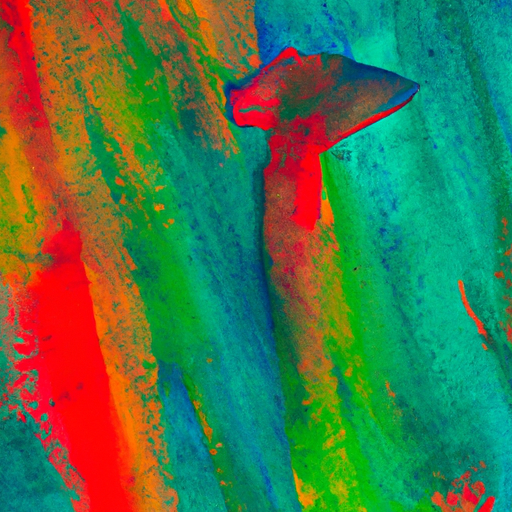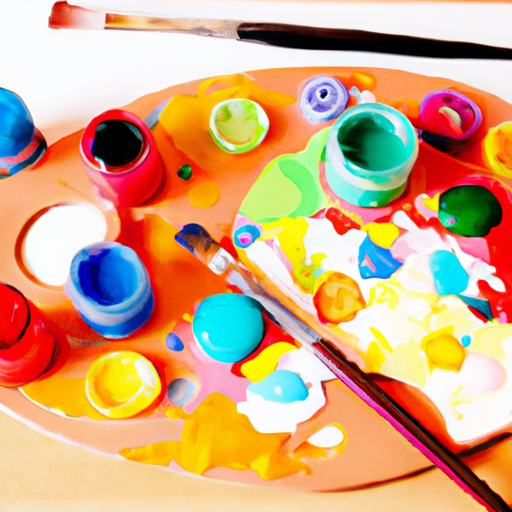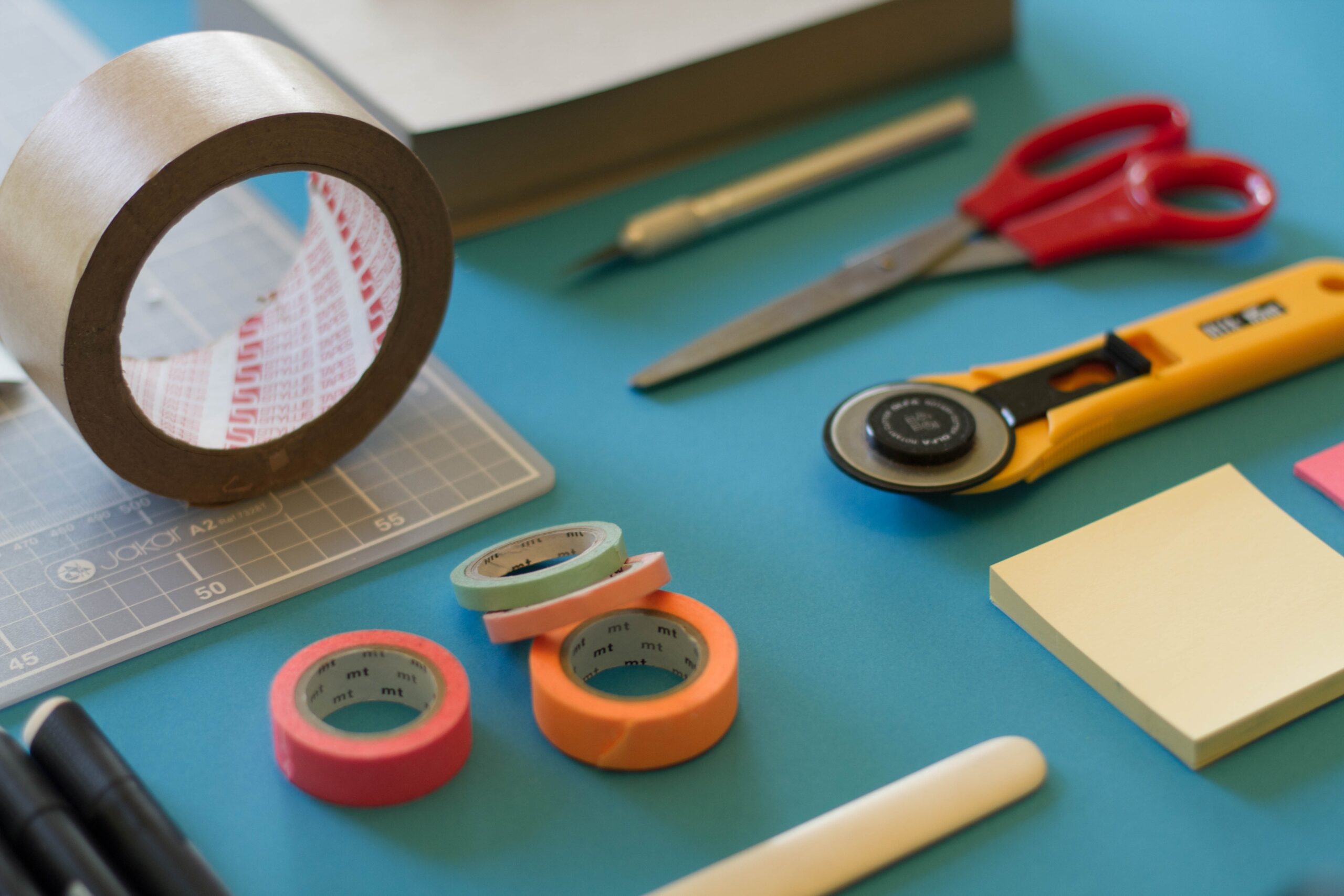In this article, we will explore the compatibility of acrylic paint and watercolor paper, unraveling whether or not these two mediums can seamlessly work together. Often, artists find themselves wondering if it is possible to use acrylic paint on watercolor paper, and we are here to shed light on this topic. Join us as we delve into the world of art, discussing the benefits and potential challenges of using acrylic paint on watercolor paper, allowing you to create stunning masterpieces with confidence and ease. So, let’s dive in and discover the possibilities that arise when these two mediums collide.

Benefits of using acrylic paint on watercolor paper
Acrylic paint offers a wide range of benefits when used on watercolor paper. First and foremost is its versatility. Acrylic paint can be used to create a variety of effects, ranging from soft and blended to textured and impasto. The ability to manipulate the paint allows for endless possibilities and experimentation. Furthermore, watercolor paper provides a unique texture that adds depth and interest to acrylic paintings. The rough surface of the paper allows the paint to adhere well, creating a rich and vibrant result. In addition, watercolor paper is known for its durability, which allows for multiple layers and corrections. Lastly, using acrylic paint on watercolor paper is cost-effective compared to other painting surfaces. With proper preparation and technique, artists can achieve professional-looking results without breaking the bank.
Materials required for painting with acrylic on watercolor paper
Before diving into the world of acrylic painting on watercolor paper, it is important to gather the necessary materials. The essential supplies for this technique include acrylic paint, watercolor paper, paintbrushes, a palette, a water container, and either masking tape or clips to secure the paper. Acrylic paint is available in various colors and consistencies, allowing artists to choose based on their desired effect. Watercolor paper is specifically designed to handle the moisture of acrylic paint, making it the ideal surface for this technique. Paintbrushes of different sizes and shapes are needed to achieve different effects and details. A palette is essential for mixing and blending colors, while a water container is necessary for cleaning brushes and diluting paint. Lastly, masking tape or clips are used to secure the paper and prevent warping during the painting process.
Preparing the watercolor paper for acrylic painting
To ensure the best results, it is important to properly prepare the watercolor paper for acrylic painting. There are several methods to achieve this. One common technique is stretching the paper. This involves wetting the paper, then taping it securely to a flat surface to prevent warping. Another method is priming the paper with a layer of acrylic gesso. This helps to seal the surface and provide a better grip for the paint. Alternatively, artists can use a watercolor block, which has pre-stretched and glued sheets of watercolor paper, eliminating the need for additional preparation. Lastly, taping the paper to a board or using clips can help keep the paper in place during the painting process, preventing any unintended movement or warping.
Applying acrylic paint on watercolor paper
Once the watercolor paper is prepared, it’s time to apply the acrylic paint. The key to achieving the desired result is choosing the right paint consistency. Artists can adjust the thickness of the paint by adding water to achieve a more fluid application or by using less water for a thicker texture. Starting with basic layers is recommended to establish the composition and general colors. This allows artists to build upon these layers, adding depth and complexity. As acrylic paint dries quickly, it is important to work efficiently and blend colors while they are still wet. Different techniques can be experimented with, such as dry brushing, scumbling, or glazing, to achieve various effects. Blending and layering colors can create beautiful transitions and gradients within the artwork, adding depth and dimension.
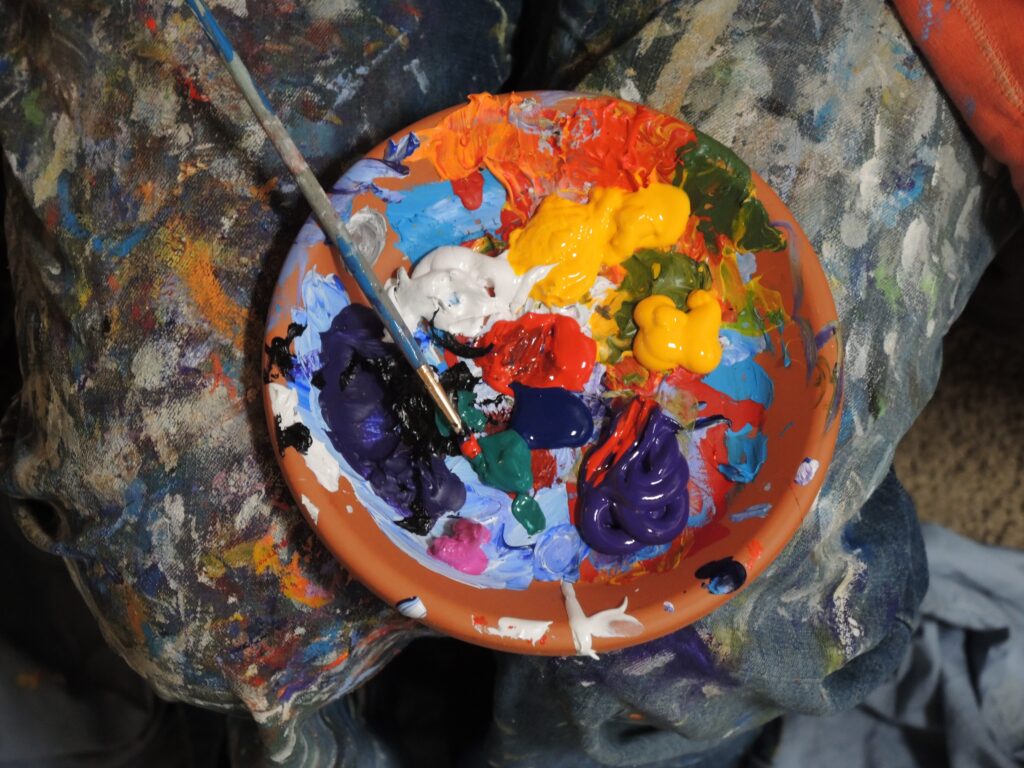
Tips for working with acrylic paint on watercolor paper
Working with acrylic paint on watercolor paper can be enjoyable and rewarding with a few helpful tips. First and foremost, it is important to work quickly as acrylic paint dries rapidly. Keeping a spray bottle of water nearby can help keep the paint moist and workable. Additionally, using a palette knife instead of a paintbrush can add interesting texture and create unique effects. Creating a color mixing chart can be useful for reference and experimenting with different color combinations. Lastly, exploring different brush strokes and techniques can enhance the overall visual appeal of the artwork. Whether it’s using short and choppy strokes for texture or long and flowing strokes for smooth transitions, embracing the versatility of brushwork can add depth and interest to the painting.
Finishing and protecting acrylic painted watercolor paper
Once the acrylic painting on watercolor paper is complete, it is important to allow the artwork to dry completely before taking any further steps. This ensures that the paint is fully cured and prevents any smudging or damage. After the painting has dried, artists may choose to protect the artwork by applying a varnish. Varnishing not only enhances the appearance of the painting but also provides a protective layer against dust, UV light, and moisture. There are various types of varnishes available, including gloss, satin, and matte finishes. Selecting the appropriate varnish depends on personal preference and the desired final look of the artwork. Lastly, framing the finished piece can provide a polished and professional presentation, protecting the painting and allowing it to be displayed and enjoyed for years to come.
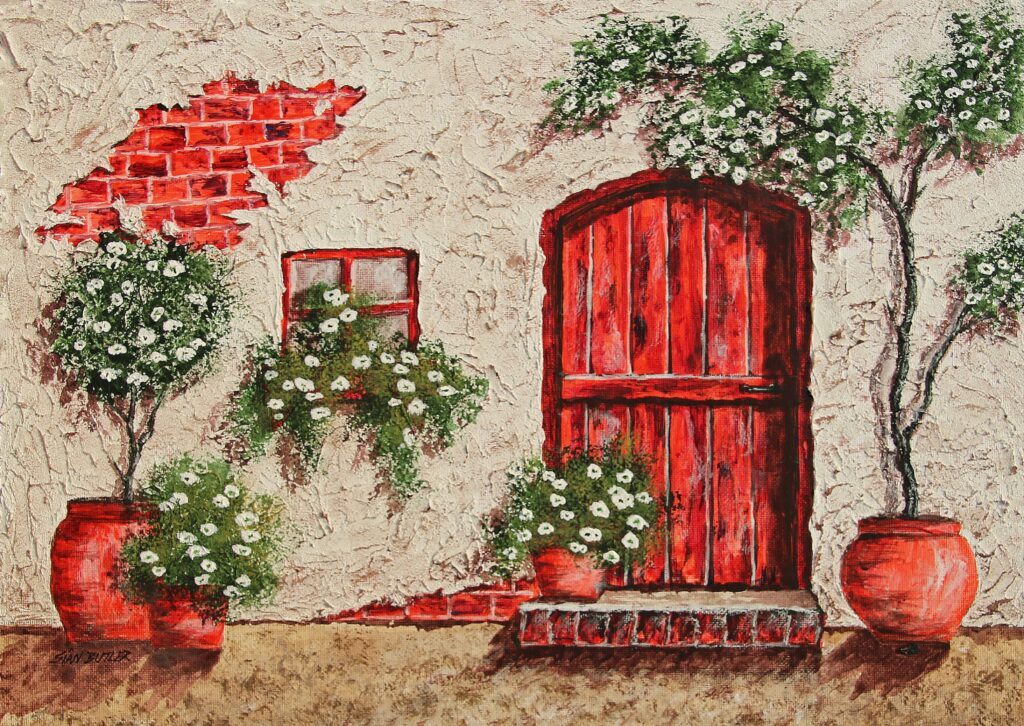
Potential challenges when using acrylic paint on watercolor paper
While there are several benefits to using acrylic paint on watercolor paper, there are also potential challenges to be aware of. One common issue is the buckling or warping of the paper due to the moisture of the paint. This can be minimized by stretching the paper prior to painting or using a watercolor block. Another challenge is color seepage through the paper, especially if the paint is applied too thickly or if the paper is not properly primed. Artists can address this by using thinner layers of paint or adding additional layers of gesso. Additionally, watercolor paper has limited absorbency compared to traditional canvas, which may necessitate adjustments to paint consistency and application techniques. Lastly, acrylic paint, once dry, is difficult to correct or erase. Unlike watercolor, it is not easily lifted or reactivated, so precision and planning are essential during the painting process.
Alternatives to watercolor paper for acrylic painting
For artists seeking alternatives to watercolor paper, there are several options available for painting with acrylic. Canvas is a popular choice as it provides a sturdy and durable surface that can handle the heavy texture and layers of acrylic paint. Mixed media paper is another suitable option, as it is designed to handle a variety of mediums including acrylic. Acrylic paper, specifically designed for acrylic painting, offers a smoother surface that allows for easier blending and layering. Wood panels provide a unique and solid surface for acrylic painting and can be especially useful for achieving a more rustic or natural look. Each alternative surface has its own unique qualities, so artists can choose based on their preferred texture, durability, and overall desired effect.

Different effects achieved with acrylic on watercolor paper
Acrylic paint on watercolor paper offers a wide range of effects that artists can experiment with and explore. Transparency and layering are achievable by diluting the paint with water and applying thin layers, allowing underlying colors to show through. This technique can create a sense of depth and luminosity within the artwork. The rough texture of watercolor paper lends itself well to textured and impasto effects, where thicker layers of paint are applied, creating a three-dimensional appearance. Additionally, acrylic paint on watercolor paper can achieve fluid and flowing effects through techniques such as pouring, dripping, or splattering. These techniques create dynamic and organic patterns that give life and movement to the artwork. Soft and blended effects can be achieved by using wet-on-wet techniques and blending colors seamlessly to create smooth transitions. These effects add a sense of harmony and gentleness to the artwork, creating a soothing and inviting aesthetic.
Inspiration and examples of acrylic painting on watercolor paper
Artists looking for inspiration and examples of acrylic painting on watercolor paper have several resources at their disposal. Many famous artists have utilized this technique to create stunning artworks. Exploring the works of these artists can provide valuable insight and ideas. Online communities and forums dedicated to acrylic painting offer a platform for artists to showcase their works and engage in discussions. Participating in these communities can provide inspiration and support from fellow artists. Additionally, step-by-step tutorials and demonstrations are available online, guiding artists through the process and offering helpful tips and techniques. These tutorials and demonstrations cater to artists of all skill levels, providing guidance and encouragement to explore the world of acrylic painting on watercolor paper.
